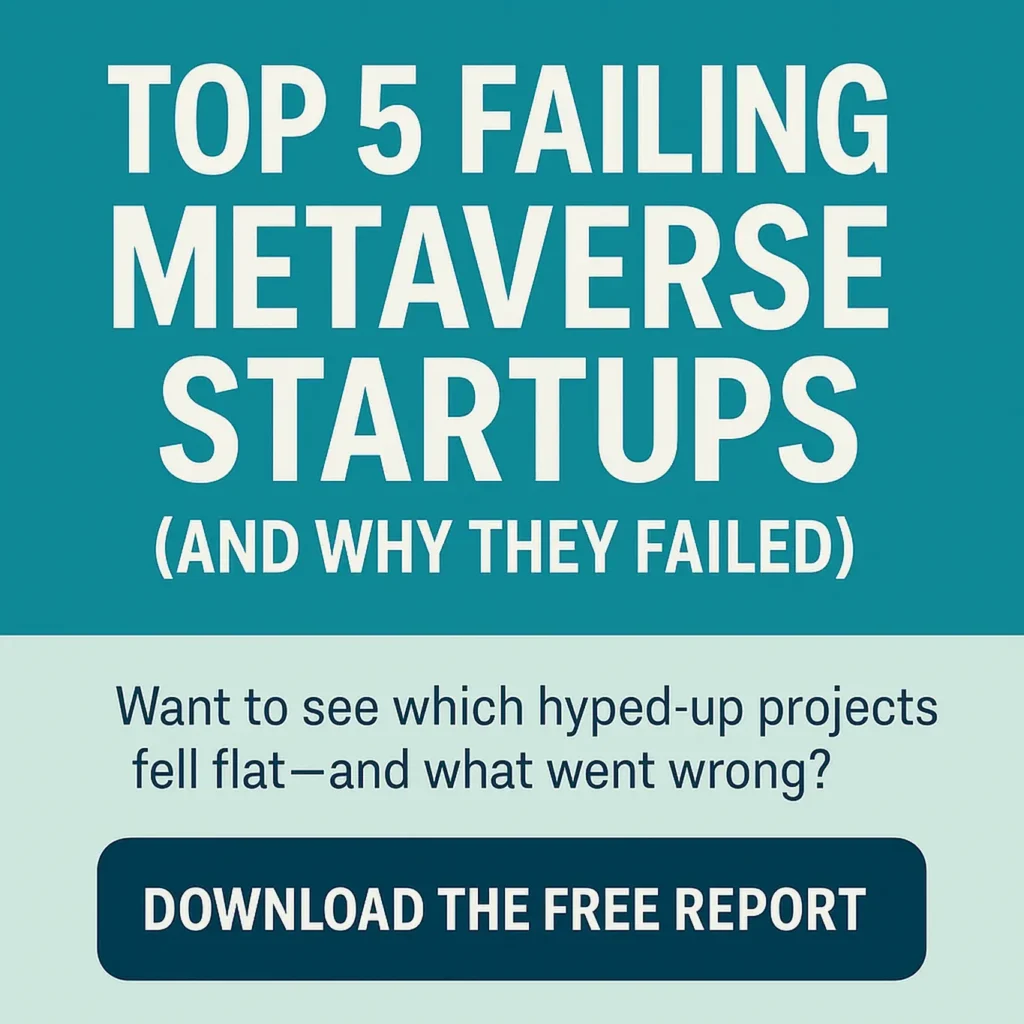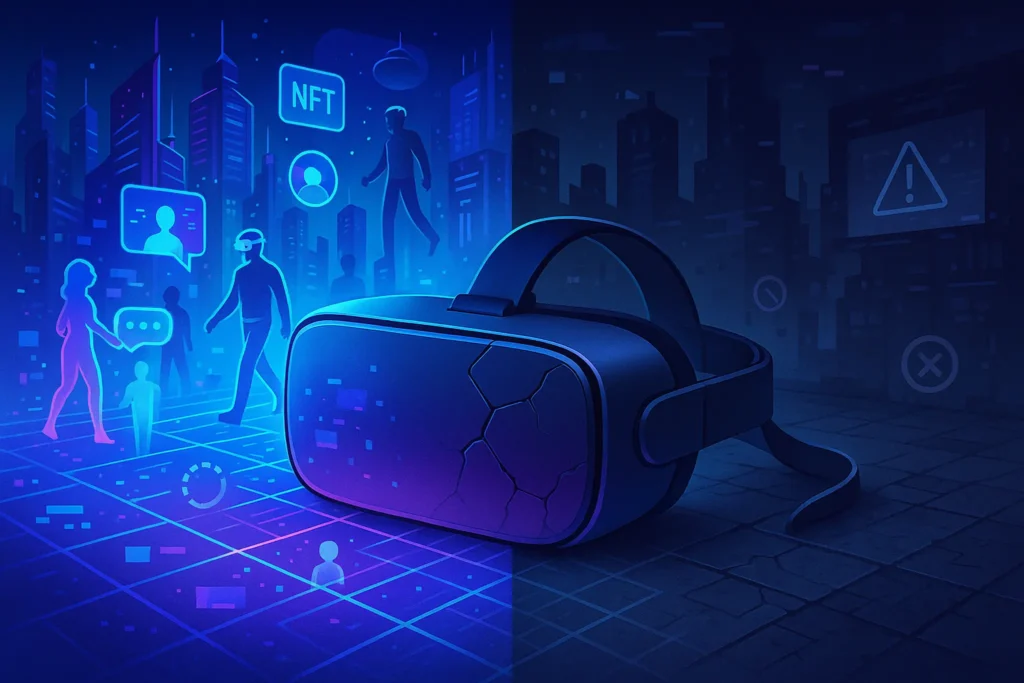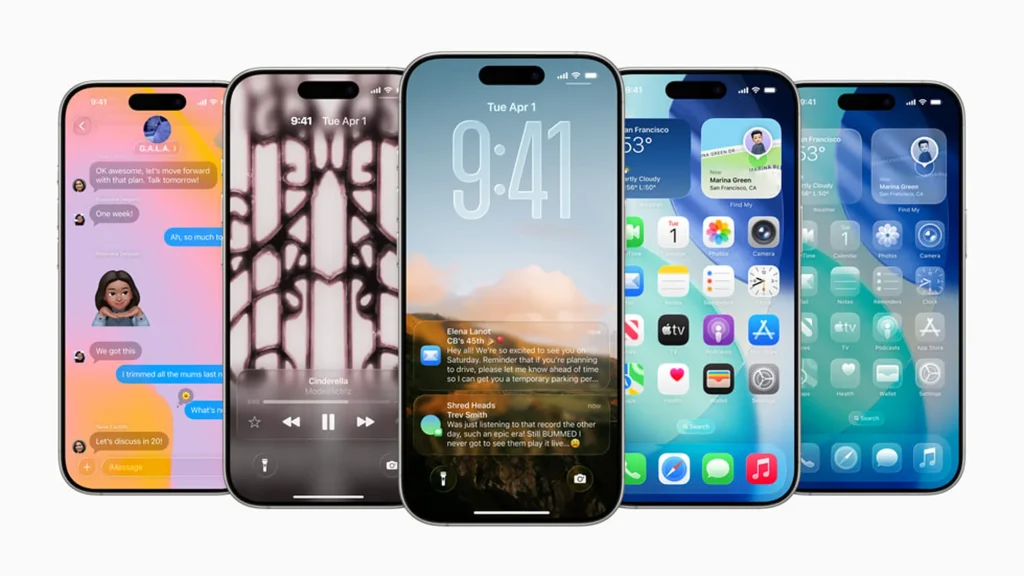-This post may contain affiliate links. If you click on one and make a purchase, I may earn a small commission at no extra cost to you.-
🔍 Intro: Still Waiting for the Future?
Remember when the metaverse was being hyped as the “next generation of the internet”? We were promised virtual worlds where we could work, socialize, shop, and play—without ever leaving our homes. Facebook even renamed itself to Meta to prove how serious it was.
But here we are in 2025. What actually happened?
This post delivers a reality check—stripping away the buzzwords to look at where the metaverse really stands today, what’s working, what’s dead in the water, and where this digital frontier might be heading. No sugar-coating. Just the facts.
🔮 1. The Big Promises: What the Metaverse Was Supposed to Be
When the metaverse first gained mainstream attention around 2020–2021, it came with massive promises:
-
Fully immersive VR environments that feel like alternate realities
-
Independent digital economies powered by NFTs and crypto
-
Virtual offices where remote teams “hang out” in 3D
-
Persistent digital avatars and cross-platform identities
Major players jumped in headfirst:
-
Meta (formerly Facebook) invested billions in Horizon Worlds, hiring armies of developers and pushing its Oculus headsets as household essentials.
-
Microsoft introduced Mesh for Teams, integrating virtual collaboration into enterprise workflows.
-
Decentraland and The Sandbox sold virtual land plots for thousands of dollars, enabling users to “own” parts of digital reality.
Remember Ready Player One? This was supposed to be real by now…
But as we’ll see next—expectation and reality don’t always match.
📉 2. The Harsh Reality in 2025
Fast forward to mid-2025, and the metaverse isn’t the bustling, immersive digital utopia we were promised.
Instead, what we’ve got is a scattered, underwhelming ecosystem filled with unfulfilled promises and half-built platforms.
🚨 The Reality Check:
-
Low user adoption: Platforms like Horizon Worlds are struggling with active users. Despite the hype, Meta’s VR world remains mostly empty.
-
Layoffs and budget cuts: Meta, Microsoft, and several smaller startups have laid off metaverse-focused teams. Even Roblox is shifting priorities away from immersive environments.
-
NFT crash: The supposed backbone of digital ownership in the metaverse? NFTs have seen a major market collapse, with prices plummeting and trust eroding.
-
Hardware remains niche: Most people still don’t own a VR headset. The cost, bulkiness, and motion sickness are major barriers to entry.
-
Poor UX: Many platforms offer clunky interfaces and awkward navigation. Moving around often feels more like a chore than a futuristic adventure.
The metaverse wasn’t supposed to be another ghost town—but that’s what many spaces feel like right now.
🎁 Bonus Report: Top 5 Failing Metaverse Startups (and Why They Failed)
📉 Curious Why Metaverse Startups Failed?
Enter your email below to download our exclusive PDF: Top 5 Failing Metaverse Startups (and Why They Failed) — a must-read breakdown for tech enthusiasts and investors.

🔒 No spam. Just pure insight from NerdChips.
🕶️ 3. What’s Actually Working?
Despite all the noise and failed promises, parts of the metaverse vision are taking shape—just not where most expected.
Here’s where real traction is happening in 2025:
🧠 Enterprise VR Training
Large corporations are quietly embracing VR—not for fun, but for productivity and training.
-
Walmart uses VR to train employees in customer service and emergency scenarios.
-
Boeing trains technicians for complex aircraft assembly using VR modules.
-
It’s less about fantasy worlds, and more about practical immersion.
🧬 Medical Use Cases
Virtual reality is making waves in healthcare:
-
Physical therapy sessions enhanced with gamified VR environments.
-
Mental health therapy through guided VR meditation and trauma simulation.
-
Pain management using immersive distraction techniques.
🕹️ Gaming: Still the Core Driver
Let’s be honest—gaming remains the heartbeat of VR:
-
Beat Saber is still addictive and actively played.
-
Rec Room and VR Chat have thriving communities, especially among Gen Z.
-
While not “metaverses” in the grand sense, these games represent where users are actually spending time.
While the metaverse stumbles, VR gaming continues to thrive, with titles like Beat Saber and Rec Room leading the way. If you’re curious what’s worth trying in 2025, check out our guide to the best VR games and headsets right now.
🍏 Apple’s Entry: Vision Pro + RealityOS
Apple’s 2024 debut of the Vision Pro headset brought credibility back to spatial computing.
-
The RealityOS ecosystem focuses on augmented reality overlays, not fantasy metaverses.
-
It’s sleek, productivity-focused, and (unsurprisingly) expensive.
-
But it works—and it’s leading the charge toward something useful and user-friendly.
Apple’s 2024 debut of the Vision Pro headset brought credibility back to spatial computing. The Apple Vision Pro review we published earlier breaks down exactly how Apple positioned this device—not as a social VR gateway, but as a personal productivity tool. It’s sleek, powerful, and aims to bridge the gap between digital and physical workspaces.
🧠 4. Why the Gap?
💬 “The tech is ahead of the use-case, and the hype is ahead of the infrastructure.”
— Benedict Evans, tech analyst
So why didn’t the metaverse deliver? The answer lies in a mismatch between ambition and readiness—both technological and human.
⚙️ Lack of Compelling Use Cases
Sure, virtual concerts and NFT art galleries sounded cool. But for most people, they just weren’t useful enough to become habits.
There’s still no killer app—nothing that makes millions of users feel they must be in the metaverse.
🧭 UX Problems Still Dominate
Navigation in most metaverse platforms is still unintuitive. Laggy controls, awkward avatars, and poor interface design ruin the immersion.
-
Moving from place to place feels clumsy.
-
Voice chat often lacks moderation or clarity.
-
Avatars still feel cartoonish or uncanny.
Until the experience becomes frictionless, adoption will stay limited to early adopters and gamers.
💰 High Cost of Entry
VR headsets are still expensive, and require high-end PCs or Apple-grade budgets. Add in motion sickness and privacy concerns, and you’ve got major barriers to scale.
The Bottom Line:
Even though the underlying technology (VR hardware, spatial computing) is improving fast, the infrastructure and use cases just aren’t there yet. The world isn’t ready to live in the metaverse—and the metaverse isn’t ready for the world.
📈 5. What to Expect Next (Short-Term vs. Long-Term)
The metaverse might not be booming in 2025—but that doesn’t mean it’s gone forever. Let’s break down what’s likely to happen next, both in the near term and further out.
| Timeframe | Likely Developments |
|---|---|
| 2025–2026 | – Rise of B2B-focused VR (training, collaboration) – Meta shifts focus to AI – Further decline of crypto-based tokens |
| 2027–2028 | – Launch of next-gen VR/AR headsets – More realistic and ergonomic designs – Expansion of mixed reality workspaces |
| 2030 and beyond | – Full integration of AI agents in virtual worlds – Mainstream AR wearables – Metaverse evolves into a utility layer, not a destination |
The future of the metaverse is likely hybrid—a blend of digital and physical layers, powered by AI and enhanced through AR. But don’t expect it to replace your daily browser any time soon.
✅ Join the Future-Tech Inner Circle 🚀
Want weekly updates on emerging tech, including VR, AI, and future work trends?
Subscribe to our NerdChips Weekly Brief and get exclusive insights before they go mainstream.
🧠 Join the Future-Tech Inner Circle
Get weekly insights on VR, AI, metaverse shifts, and future-of-work trends. Subscribe to the NerdChips Weekly Brief and stay ahead of the next big wave — before it becomes mainstream.
🔒 100% privacy. No fluff. Just future-proof content from NerdChips.
🧩 6. Behind the Scenes: Why Big Tech Pushed the Metaverse So Hard?
The question on many minds: Why did companies like Meta, Microsoft, and Google invest billions into something so unproven?
💼 It Was Never Just About Virtual Reality
For Meta, the metaverse was a way to:
-
Escape Apple and Google’s app ecosystem dominance
-
Control its own platform and hardware stack (hello, Oculus!)
-
Rebrand from the reputation damage of Facebook scandals
By creating a “new internet,” Meta hoped to own the rails—like how Apple owns the iPhone, or Google owns Search.
💸 The VC Hype Machine
Startups and investors followed suit:
-
Billions of dollars flowed into metaverse-related ventures (especially in 2021–2022)
-
Every pitch deck had some variation of “Web3 meets immersive virtual experience”
-
The FOMO was real—and contagious
But once it became clear that users weren’t flooding into these worlds, the exits started. Reality set in.
🧠 The Real Play? Future Positioning
Many believe Big Tech’s metaverse obsession was more about:
-
Long-term R&D
-
Brand positioning as futuristic
-
AI data collection through immersive environments
In short, the metaverse wasn’t just a tech bet—it was a strategic hedge against platform dependency and attention shifts.
🔍 7. Web3 and the Metaverse: A Doomed Romance?
One of the boldest promises of the early metaverse era was its fusion with Web3—blockchain, tokens, and decentralized economies.
🚀 The Dream:
-
Own virtual land through NFTs
-
Earn crypto through “play-to-earn” games
-
Power identity and trade through decentralized wallets
Sounds empowering, right? But here’s how it fell apart:
📉 Where It Failed:
-
NFT speculation bubble burst, with many assets now worthless
-
Scams and rug pulls damaged trust in blockchain platforms
-
Platforms like Axie Infinity lost over 90% of users
-
“Play-to-earn” turned into “pay-to-lose”
Instead of freedom, users got volatility, complexity, and lots of broken promises.
🧬 What’s Left?
-
Some platforms are pivoting to focus more on utility than speculation
-
NFTs for event access, membership, or verifiable credentials still hold some promise
-
But the grand vision of a decentralized metaverse has mostly fizzled
Web3 might still be relevant—but it’s no longer driving the metaverse movement.
🎯 8. What You Can Actually Do Today With Immersive Tech (Practical Examples)
While the “capital-M Metaverse” may be struggling, immersive tech is far from useless. Here are real-world things you can do today:
🏋️♀️ 1. Exercise with VR
Apps like Supernatural or FitXR turn workouts into immersive, gamified routines that make fitness more engaging.
For a broader view of how immersive technologies are evolving beyond the metaverse hype, our detailed state of AR and VR in 2025 article highlights trends across gaming, enterprise, education, and beyond.
🧳 2. Take Virtual Trips
Use Wander or National Geographic VR to explore historical landmarks, space stations, or underwater worlds—all from your living room.
🧠 3. Enhance Learning & Training
-
Medical students can practice surgeries in VR
-
Language learners can simulate conversations in 3D environments
-
Architects can review building designs in real scale
🛠️ 4. Collaborate Remotely
Platforms like Spatial or Microsoft Mesh let remote teams meet in shared virtual rooms—ideal for brainstorming or 3D design review.
🎮 5. Game Beyond the Screen
-
Half-Life: Alyx
-
Beat Saber
-
The Walking Dead: Saints & Sinners
These aren’t just novelties—they’re deeply immersive experiences that push gaming forward.
While the grand vision may be on pause, immersive tech is quietly becoming useful—just in more focused ways.
🧠 Nerd Verdict
So… is the metaverse dead?
Not quite.
But it’s definitely in critical condition—hooked up to life support, quietly monitored by a handful of enterprise teams and XR enthusiasts.
Here’s the real truth:
-
The original vision of a ready-to-go, fully immersive, blockchain-powered digital universe? That’s not happening anytime soon.
-
But specific use cases—training, healthcare, gaming—are evolving steadily.
-
Meanwhile, now-verse companies (those solving problems today using immersive tech) are the ones actually building value.
The metaverse isn’t gone. It’s just mutating into something less flashy—but more practical.
⚠️ Don’t write it off. But stop waiting for Ready Player One.
❓ FAQ: Nerds Ask, We Answer
💬 Would You Bite?
🎧 If someone gave you a free VR headset tomorrow, would you spend 5 hours a week inside the metaverse?
Or does it still feel like an overhyped gimmick to you?
👇 Drop your thoughts in the comments — we want to hear what you think!



